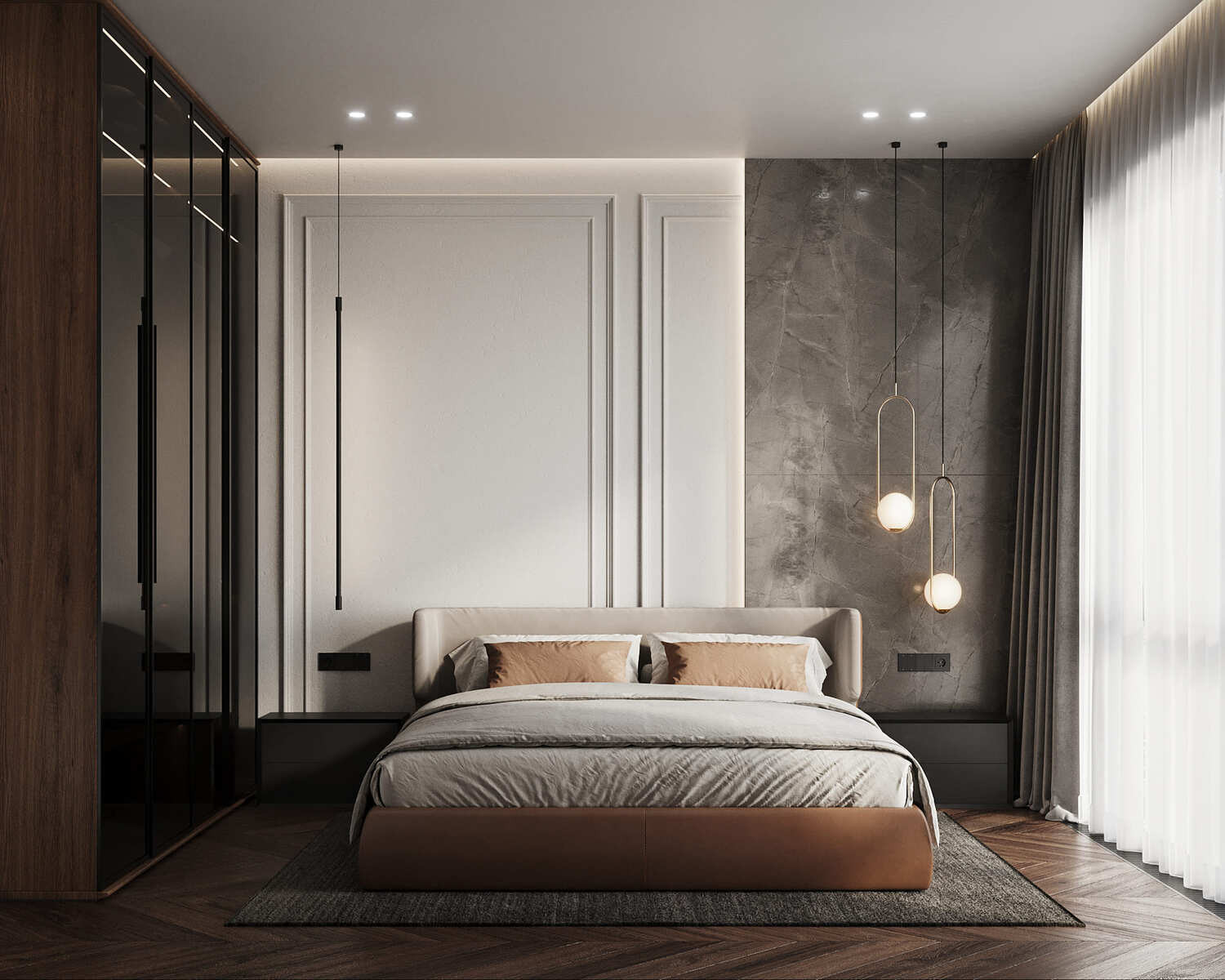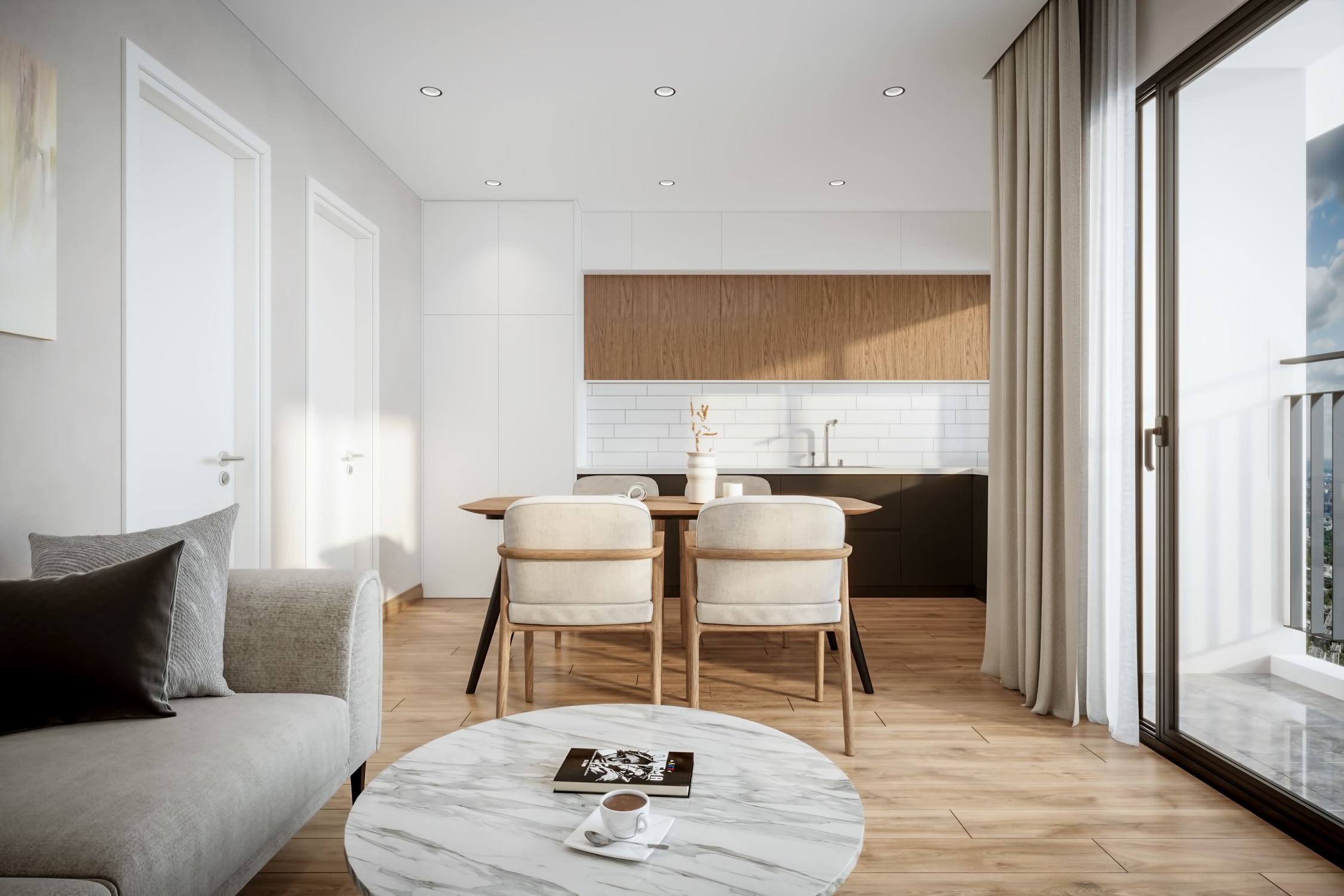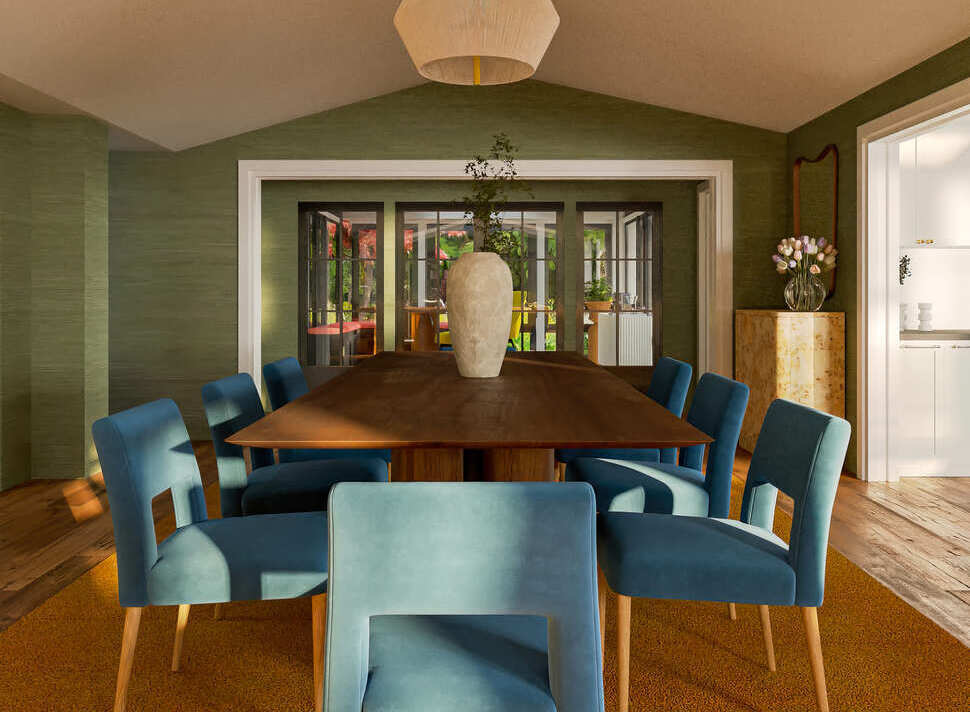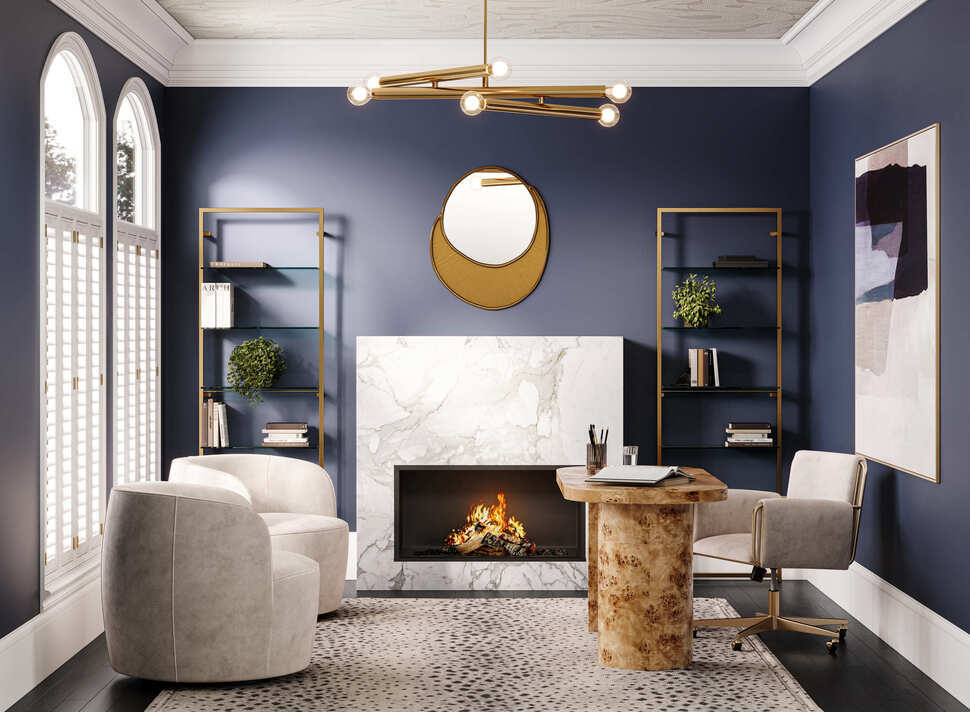3D Product Configurators: Changing the Face of Customization
Introduction to 3D Product Configurators
In digital commerce and product presentation, 3D product configuration has ushered in an era where customization and customer engagement intersect with unparalleled precision and creativity. This innovative approach allows consumers to tailor products to their specifications, visualizing real-time changes through highly detailed 3D models. This article delves into the transformative impact of 3D product configurators on the customization landscape, exploring the intricate technologies that power these systems and their profound benefits to businesses and consumers. By understanding the core of 3D product configuration, we can appreciate how it's reshaping the expectations and experiences of customers in a digital-first market.
3D product configurators represent a significant leap beyond traditional online shopping experiences, offering an interactive and immersive platform for customers to engage with. Unlike static images or 360-degree views, these configurators allow dynamic interaction with the product model, enabling users to modify aspects such as color, texture, components, and more. This level of interactivity enhances the user experience and provides a clearer understanding of what the final product will look like, reducing the gap between customer expectations and reality.
The Technology Behind 3D Configurators
Foundational Software and 3D Modeling
At the core of any 3D product configurator is sophisticated Software capable of rendering highly detailed and accurate 3D models in real time. This Software relies on advanced 3D modeling techniques, typically developed using platforms like Autodesk 3ds Max, Maya, or Blender, which provide the tools necessary to create lifelike representations of products. Each product model is constructed with meticulous attention to detail, ensuring every component can be customized and viewed from any angle, providing a seamless and immersive experience for the user.
The complexity of these models and the need for real-time interaction demand robust computing power and efficient coding practices. WebGL (Web Graphics Library) is often employed as it allows for interactive 3D graphics within any compatible web browser without users needing additional plugins. This accessibility is crucial for widespread adoption and use across various eCommerce platforms. Moreover, the integration of HTML5 and CSS3 facilitates the creation of responsive design interfaces that adapt to different devices, ensuring a consistent user experience whether on a desktop, tablet, or smartphone.

Image from Yousee Studio
Customization and Real-Time Rendering
The magic of 3D configurators lies in their ability to render changes in real time, allowing users to see their customizations instantly. This capability is powered by real-time rendering engines, which dynamically update the 3D model as users select different options. Engines such as Unity or Unreal Engine, known for their prowess in the gaming industry, are increasingly being adapted for use in 3D configurators due to their high-performance rendering capabilities and support for intricate animations and interactions.
Real-time rendering involves complex algorithms and shading techniques that simulate lighting, shadows, and textures, providing a realistic representation of how the product would appear in the real world. This process is computationally intensive, requiring the engine to calculate the effects of light and materials on the fly, adjusting the visuals accordingly as the user changes. Efficient rendering is crucial to ensure a smooth and responsive experience, as any lag can disrupt the user's engagement with the configurator.
Integrating these technologies into a cohesive 3D product configurator requires a deep understanding of 3D Modeling and web development. Developers must optimize models to balance detail with performance, ensuring that the configurator runs smoothly without sacrificing visual representation quality. Additionally, the user interface (UI) must be intuitive, allowing users to navigate through customization options easily without overwhelming them with complexity.
Benefits of Using 3D Configurators for Businesses and Consumers
Implementing 3D product configurators in the digital marketplace presents many benefits that extend to both businesses and consumers, fundamentally altering the landscape of online shopping and product customization. For businesses, the introduction of 3D configurators is a powerful tool to differentiate their brand in a competitive market, offering a unique shopping experience that attracts customers and fosters deeper engagement with the product. This level of interaction encourages consumers to spend more time on the company's website, exploring various product options and configurations, increasing the likelihood of a purchase. The detailed customization allowed by 3D configurators means businesses can cater to a broader range of consumer preferences, expanding their market reach and customer base.
Moreover, using 3D configurators can significantly reduce the costs associated with product returns and exchanges. By providing customers with a comprehensive view of the product and its various customization options, 3D configurators help set accurate expectations, thereby minimizing the discrepancy between the expected and received products. This clarity in product representation enhances customer satisfaction. It builds trust in the brand, as customers are more likely to feel confident in their purchase decisions when they clearly understand what they are buying.

Image from Yousee Studio
From a production and inventory management perspective, 3D configurators offer substantial advantages. By allowing customers to customize products according to their preferences, businesses can adopt a more demand-driven production approach, reducing the need for extensive inventories of pre-manufactured goods. This minimizes storage and holding costs and contributes to a more sustainable business model by reducing waste associated with unsold products. Furthermore, the data collected from customer interactions with the configurator can provide valuable insights into consumer preferences and trends, enabling businesses to tailor their product offerings and marketing strategies more effectively.
For consumers, the primary benefit of 3D configurators lies in their enhanced shopping experience. The ability to interact with and customize products in real time offers a level of engagement and personalization previously unattainable in online shopping. This hands-on approach empowers consumers, giving them control over the product design process and allowing them to create products that meet their specific needs and preferences. The immersive nature of 3D configurators can transform the often mundane task of online shopping into an enjoyable and creative activity, increasing customer satisfaction and loyalty.
Challenges in Implementing 3D Configurators
Despite the numerous benefits, integrating 3D configurators into eCommerce platforms is challenging. One of the primary hurdles businesses face is the technical complexity and resource requirements associated with developing and maintaining a 3D configurator. Creating detailed and accurate 3D models of products, especially those with a wide range of customization options, requires significant expertise in 3D Modeling and rendering and a deep understanding of the product's design and functionality. This process can be time-consuming and costly, particularly for small and medium-sized enterprises with limited resources.
In addition to the initial development costs, maintaining and updating the configurator to accommodate new products, features, and customization options can require ongoing investment. As Technology evolves and consumer expectations rise, businesses must ensure that their configurators remain up-to-date and compatible with the latest web browsers and devices. This necessitates a commitment to continuous improvement and further investment in software upgrades and technical support.
Another challenge is ensuring the configurator provides a smooth and user-friendly experience across all devices and platforms. Given the diversity of devices used for online shopping, from desktop computers to smartphones and tablets, the configurator must be optimized for performance and usability across all screen sizes and resolutions. This requires rigorous testing and optimization, which can add to the complexity and cost of implementation.
Moreover, businesses must carefully consider the impact of the configurator on their production processes and supply chain management. Offering a wide range of customization options can increase the complexity of production and inventory management, requiring businesses to adopt more flexible and responsive manufacturing systems. This can involve significant changes to existing processes and systems, which can be disruptive and require careful planning and execution.
Real-World Applications and Success Stories
The real-world application of 3D product configurators spans various industries, illustrating their versatility and the broad scope of customization they offer. 3D configurators have revolutionized how consumers shop for customizable products in the furniture and home decor industry.
Companies like IKEA have introduced online tools that allow customers to design their living spaces using 3D models of furniture and decorations. This not only aids in spatial planning but also encourages customers to explore different styles and configurations, resulting in a more personalized home decor experience. The success of these tools is evident in the increased customer satisfaction and loyalty, as consumers value the ability to tailor products to their specific needs and preferences.

Image from Yousee Studio
The fashion and apparel industry has adopted 3D configurators, particularly in bespoke and made-to-order products. Custom tailoring services and bespoke shoemakers use configurators to offer a wide range of fabrics, styles, and customizations, allowing customers to design unique pieces. This approach provides a distinct shopping experience and caters to the growing demand for personalized fashion. Success stories from this sector include small bespoke brands that have seen a surge in online sales and an expanded global customer base thanks to the accessibility and appeal of their 3D configurator.
Conclusion
3D product configurators are reshaping the landscape of online retail, offering unprecedented levels of customization and interactivity. By allowing customers to personalize products to their exact specifications and visualize their choices in real-time, these configurators enhance the shopping experience, increasing customer satisfaction and loyalty. For businesses, the benefits extend to differentiation in a crowded market, reduced return rates, and valuable insights into consumer preferences.
Despite the challenges of implementing these sophisticated tools, the success stories across various industries highlight their potential to drive engagement and sales. As technology advances and consumer expectations continue to evolve, the role of 3D configurators in eCommerce will likely grow, becoming a standard feature for brands that wish to offer a competitive and customizable online shopping experience.
Contact us at YouSee Studio for captivating 3D renderings and immersive virtual experiences.
Ray Lisbon is a content writer and the author of this article.




